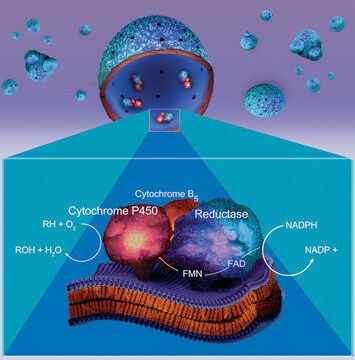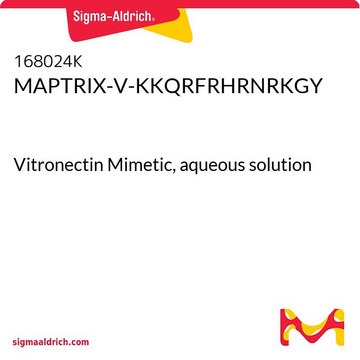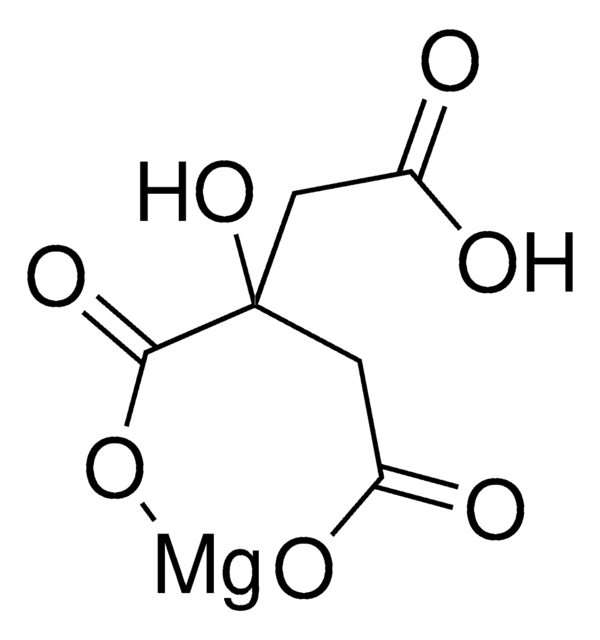166312K
Collagen Mimetic animal-free ECM peptides
MAPTRIX-C-TAIPSCPEGTVPLYS, solution, 0.5 mg/mL protein, suitable for cell culture
About This Item
Recommended Products
Product Name
MAPTRIX-C-TAIPSCPEGTVPLYS, Collagen Mimetic, aqueous solution
sterility
Filtered sterilized solution
form
aqueous solution
mol wt
~24.1 kDa
packaging
pkg of 2.5 mg
concentration
0.5 mg/mL protein
technique(s)
cell culture | mammalian: suitable
Binding Specificity
Domain: α3(IV) NC1
Binding Motif: TAIPSCPEGTVPLYS
shipped in
ambient
storage temp.
2-8°C
Application
Features and Benefits
- Biochemically-defined, animal-free cell culture surfaces designed to enhance cell performance
- MAPTrix™ produces a uniform ECM surface that provides a highly controlled 2D extracellular microenvironment for cell cultures and related applications
- Adhesion properties of the mussel adhesive protein makes the coating reproducible & reliable
Legal Information
Storage Class Code
10 - Combustible liquids
Flash Point(F)
Not applicable
Flash Point(C)
Not applicable
Choose from one of the most recent versions:
Certificates of Analysis (COA)
It looks like we've run into a problem, but you can still download Certificates of Analysis from our Documents section.
If you need assistance, please contact Customer Support.
Already Own This Product?
Find documentation for the products that you have recently purchased in the Document Library.
Our team of scientists has experience in all areas of research including Life Science, Material Science, Chemical Synthesis, Chromatography, Analytical and many others.
Contact Technical Service






